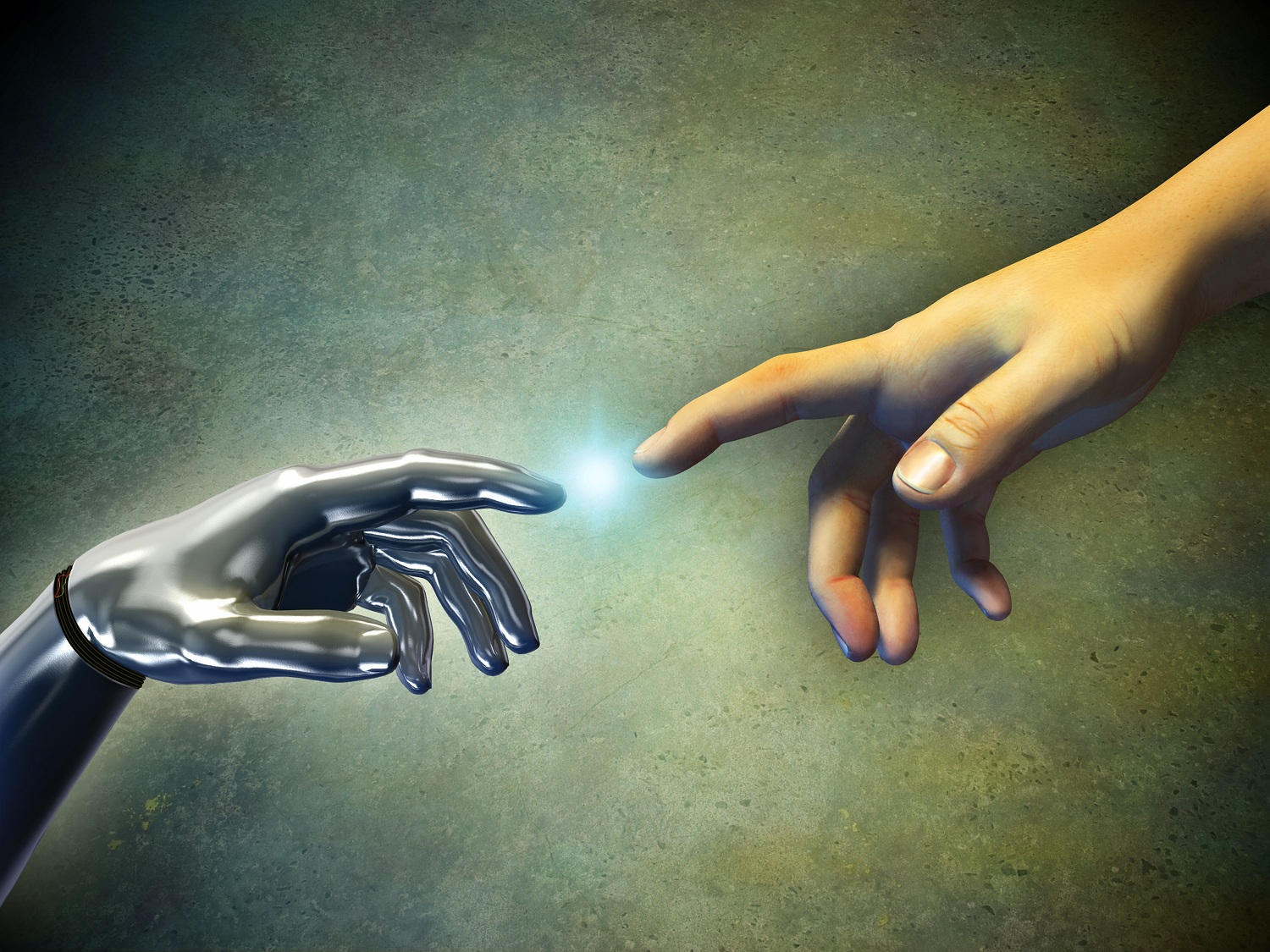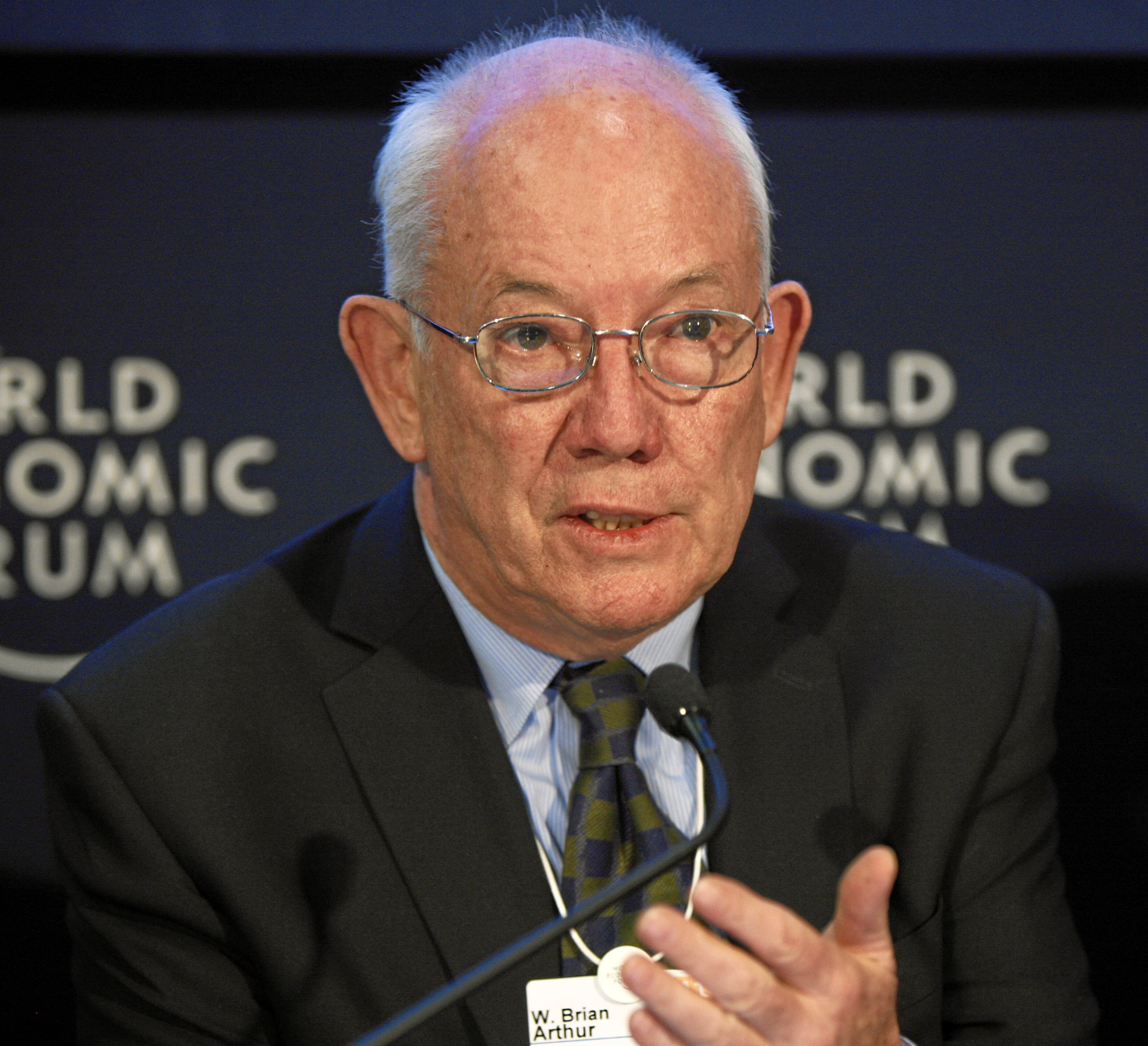Labor Revisited
In part one of a two-part series, guest columnist W. Brian Arthur explores the rise of the digital economy that he believes is beginning to supplant the physical economy.
Posted: March 14, 2012
“In any deep transformation, industries do not so much adopt the new body of technology as encounter it, and as they do so they create new ways to profit from its possibilities.”
How large is the unseen second economy? By a rough back-of-the-envelope calculation, in about two decades the digital economy will reach the same size as the physical economy. It’s as if there will be another American economy anchored off San Francisco (or, more in keeping with my metaphor, slipped in underneath the original economy) and growing all the while.
Now this second, digital economy isn’t producing anything tangible. It’s not making my bed in a hotel or bringing me orange juice in the morning. But it is running an awful lot of the economy. It’s helping architects design buildings, it’s tracking sales and inventory, getting goods from here to there, executing trades and banking operations, controlling manufacturing equipment, making design calculations, billing clients, navigating aircraft, helping diagnose patients, and guiding laparoscopic surgeries. Such operations grow slowly and take time to form.
In any deep transformation, industries do not so much adopt the new body of technology as encounter it, and as they do so they create new ways to profit from its possibilities. The deep transformation I am describing is happening not just in the U.S. but in all advanced economies, especially in Europe and Japan. And its revolutionary scale can only be grasped if we go beyond my aspen metaphor to another analogy. – W. Brian Arthur
Next month we’ll explore Arthur’s next analogy as we continue to follow the advent of this second economy that is rising in our midst. Stay tuned.
W. Brian Arthur is a visiting researcher with the Intelligent System Lab at the Palo Alto Research Center (PARC) and an external professor at the Santa Fe Institute. He is an economist and technology thinker and a pioneer in the science of complexity. His 1994 book, “Increasing Returns and Path Dependence in the Economy” (University of Michigan Press, December 1994), contains several of his seminal papers. More recently, Arthur was the author of “The Nature of Technology: What it is and How it Evolves” (Free Press, August 2009).
The McKinsey Quarterly is the business journal of McKinsey & Company, Inc., 55 East 52nd Street, 21st Floor, New York, NY 10022, 212-446-7000, Fax: 212-446-8575, www.mckinsey.com.

















